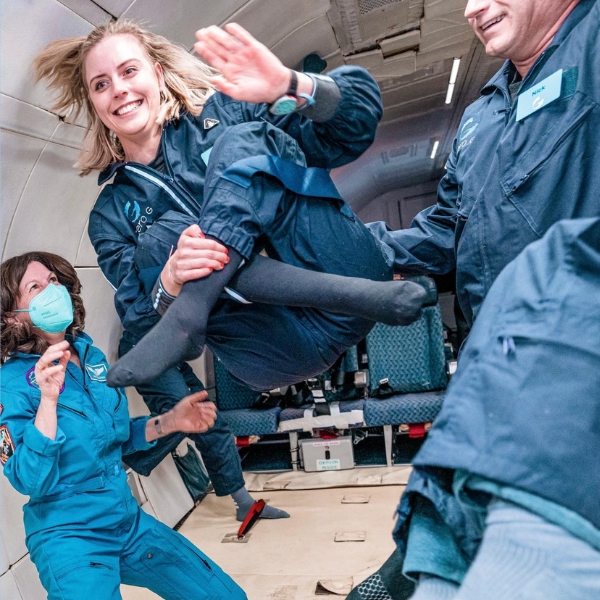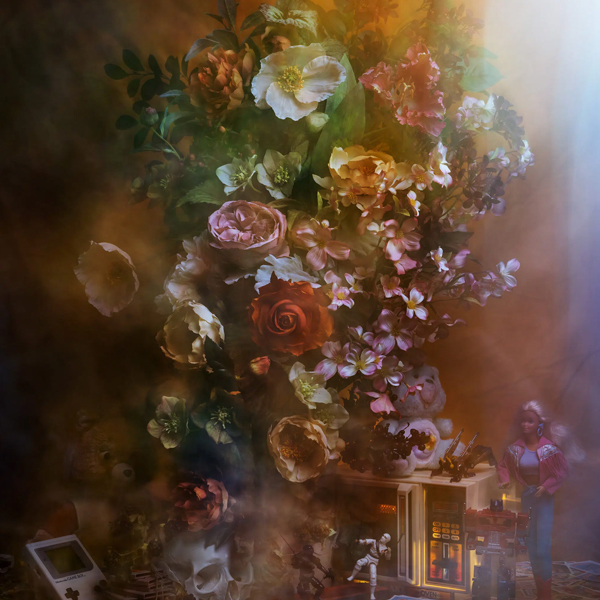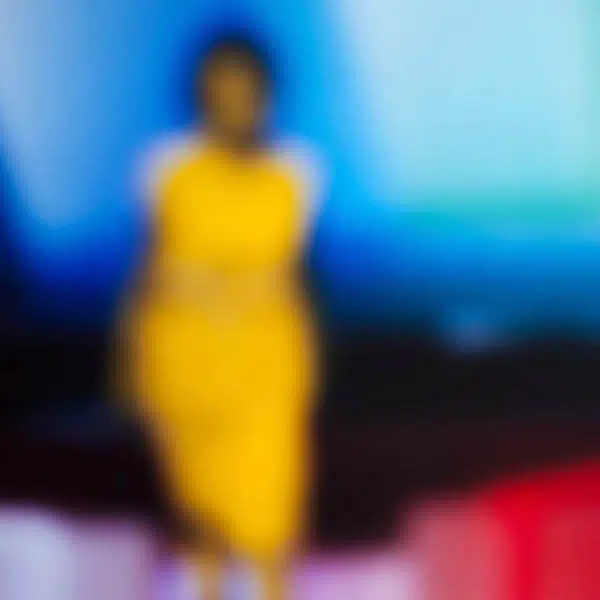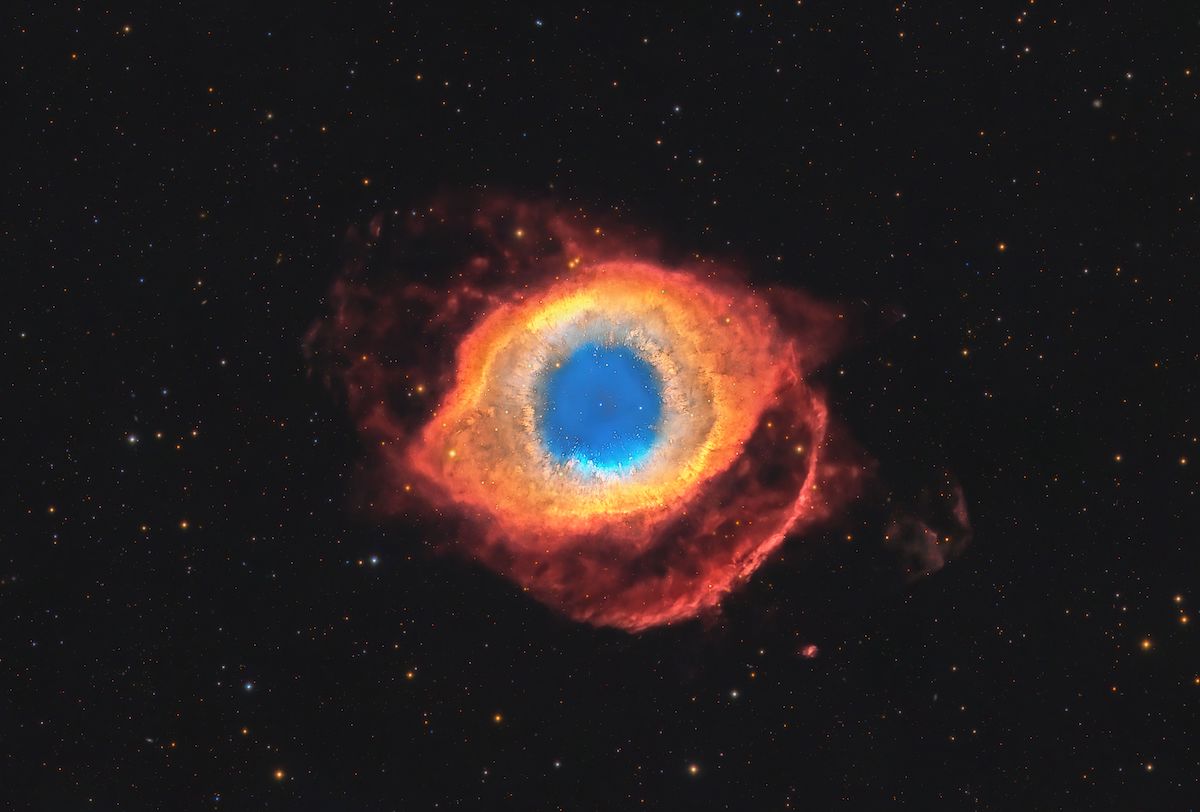
Eye of God
Planetary scientist and astrophotographer Connor Matherne invested two years and over 100 hours of exposure time to create a stunning image of the Helix Nebula. Also known as the Eye of God, it is one of the closest planetary nebulae to Earth. Sitting at about 650 light-years away from Earth in the Aquarius constellation, this cloud of gas and dust is a sight to behold.
Matherne had been fascinated with the nebula for many years, starting when he saw an email chain with a picture of the Helix Nebula. The title of the email was “The Eye of God.” Intrigued and wanting to understand whether or not the photos he was seeing were really or simply artistic renderings, he was pushed toward astrophotography and has been developing his craft ever since.
Thanks to his work at the Deep Sky West observatory, Matherne has easy access to the telescope that helped bring his image to life. “A computer is programmed with a list of targets and decides on its own based on factors such as sky clarity, the position of the target in the sky, and the distance from—as well as phase of—the Moon when it will shoot each target,” Matherne shares with My Modern Met. “In this case, this nebula is one revisited multiple times as we slowly gathered more and more exposure time on it night after night.”
All told, Matherne spent about two years gathering exposures of the nebula. Then, it was time to put everything together in post-production. This is where the real challenge started. “Seamlessly integrating over 100 hours of photographs into a single image taken over the years is not easy,” Matherne confesses.
“Additionally, when the image has such a long exposure time, I wanted to ensure that the processing I did on the data was as perfect as I could. I had to have a stunning image to go hand in hand with the absurd exposure time, I couldn't have a photo that looked like the countless other photographs of the same target captured by others.”
In the end, this hard work paid off with an image that is rich in detail. For Matherne, it's important that people realize that the spectacular photos of nebulae they see aren't only real but that they can be taken by anyone.
Connor Matherne is a planetary scientist and astrophotographer who loves shooting the stars.

The Orion Nebula
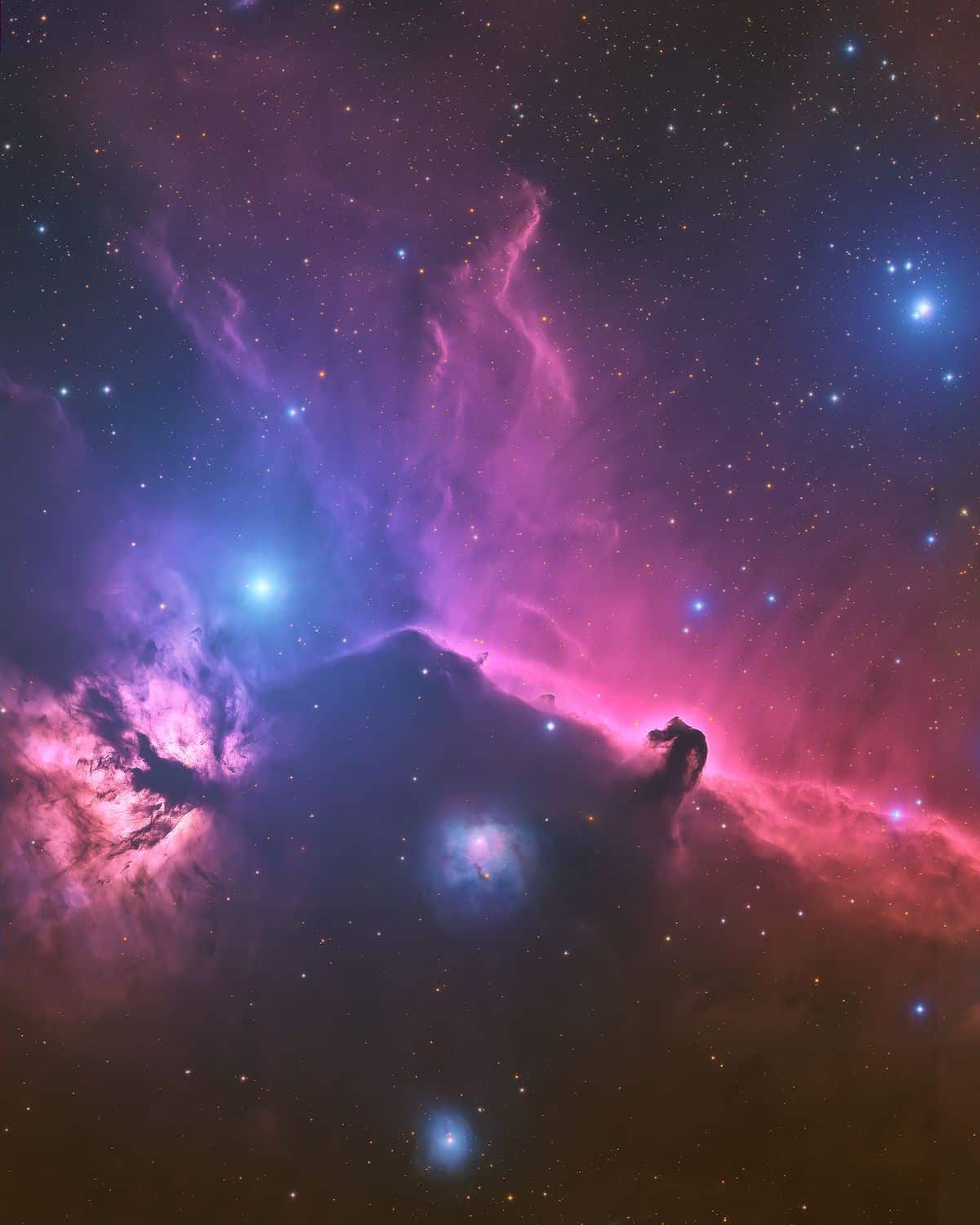
Horsehead and Flame Nebula
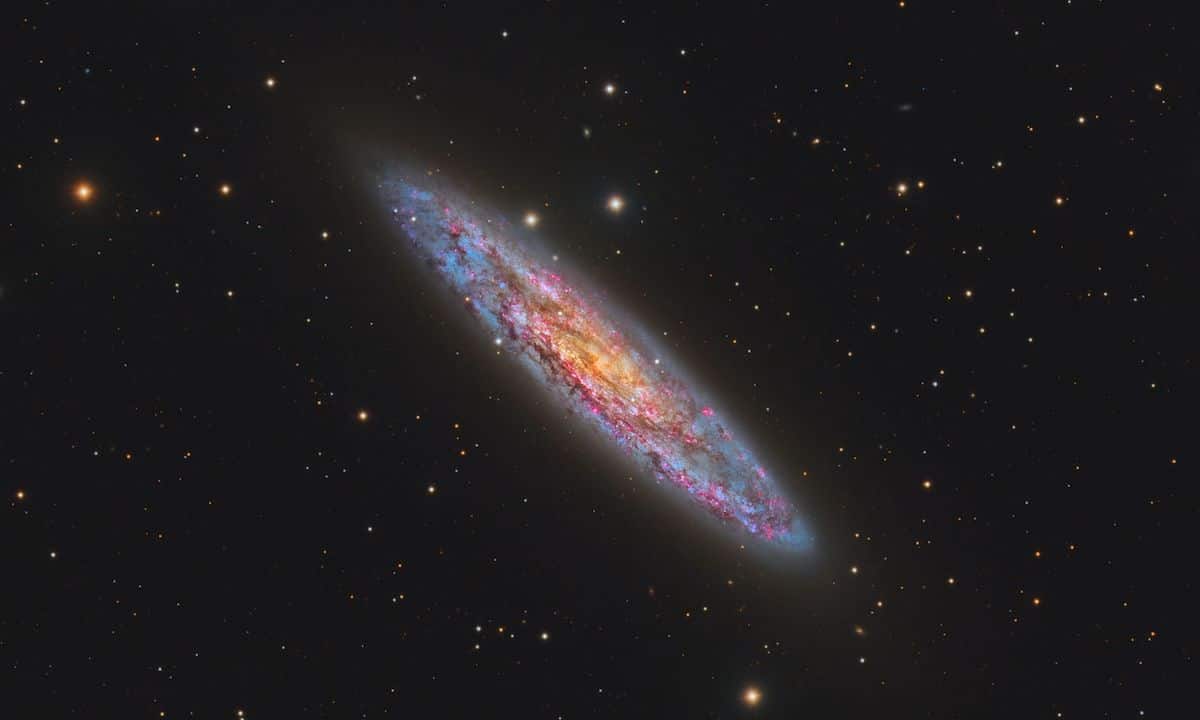
NGC 253
His images of outer space prove that, with a little practice, anyone can create incredible astrophotography.

The Pillars of Creation
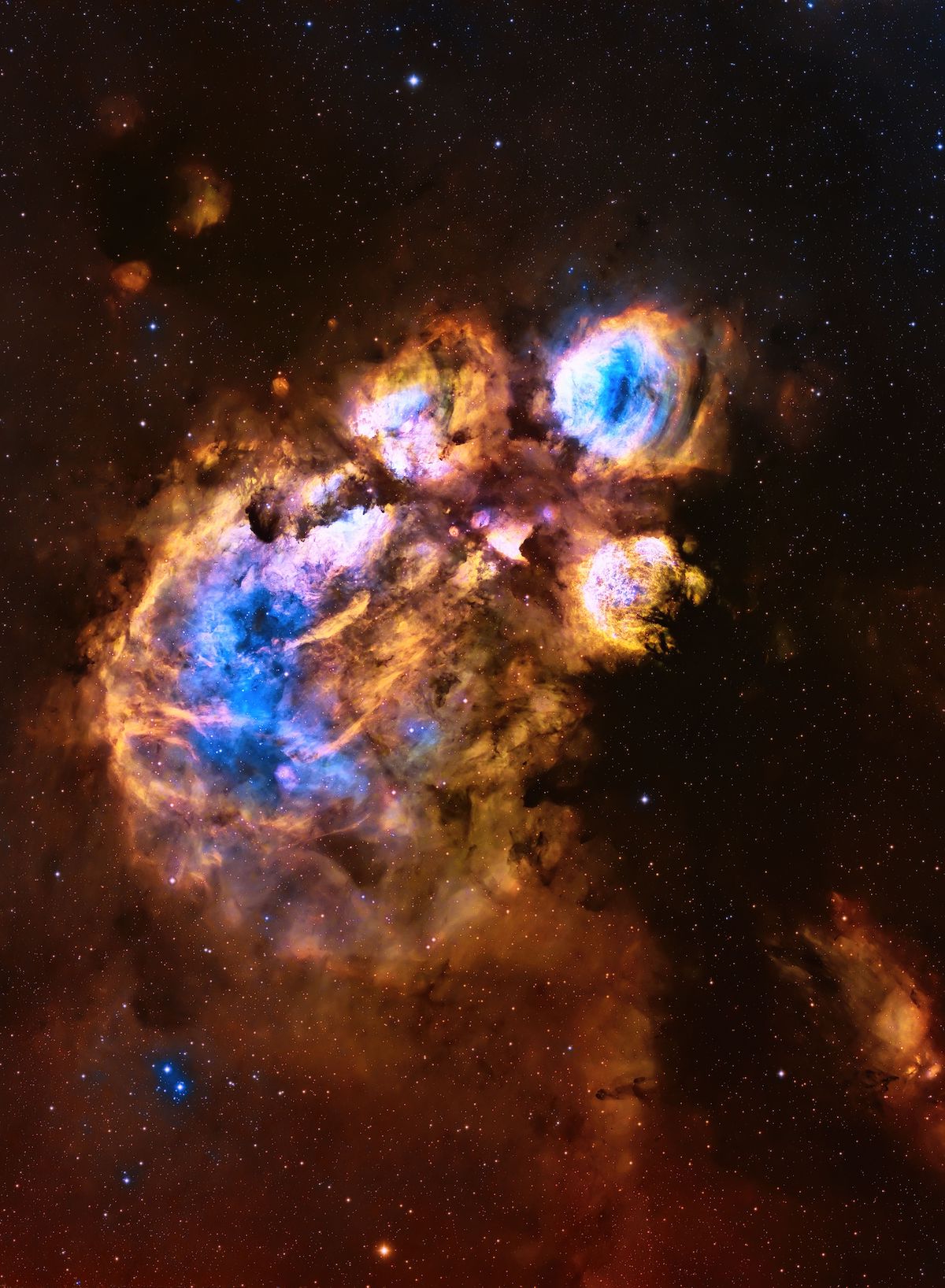
The Cat's Paw
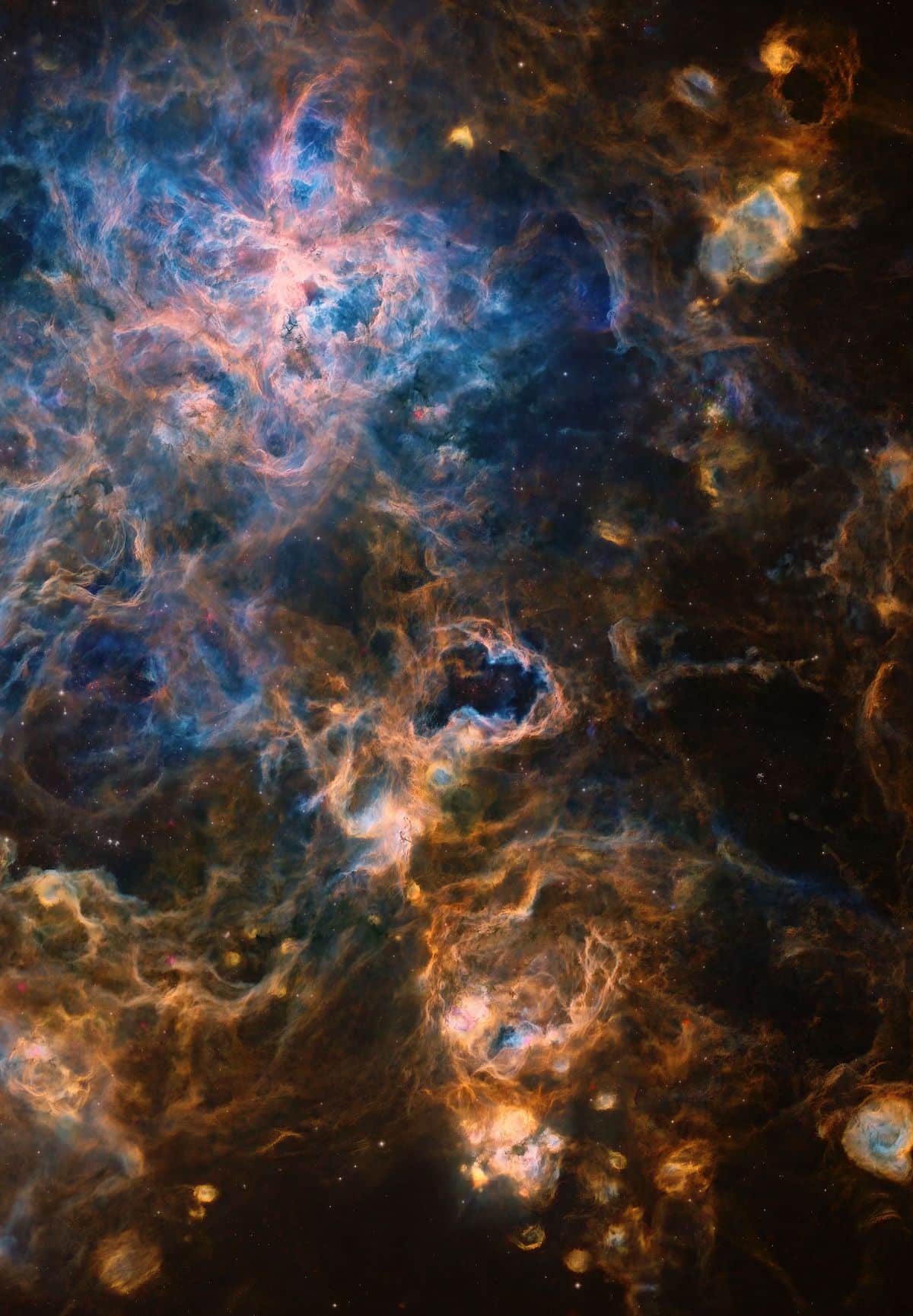
The Tarantula Nebula
His latest image of the Eye of God, or Helix Nebula, required over 100 hours of exposure time.

Eye of God











































































